I Find it Quite Difficult to Shoot Ume Blossoms Beautifully. But Worry Creates Nothing. I Did My Best to Write Down 5 Tips
Canon EOS 6D, Tamron SP 90mm F/2.8 Di MACRO 1:1 VC USD (90mm, f/25, 1/60 sec, ISO-1600)
Here's my first trial of Ume blossoms this year! The shooting location is Shinjuku Central Park, where several Ume trees were planted along the path. I find it quite difficult to shoot Ume blossoms beautifully. But Worry Creates Nothing. I Did My Best to Write Down 5 Tips.
1. Get Close to Blossoms
Ume blossoms are quite small. They are as small as Sakura blossoms. But the biggest difference for photographers is that it scatters on the branches. If you try shooting the whole view of Ume trees, the Ume blossoms will not have a big presence because they do not gather in groups like Sakura. Then, one way to make the blossoms attractive is to get close to blossoms and make them look bigger in your photo.
This time, the distance between the Ume blossoms and my lens was about 0.1m. This is the closest distance allowed for my macro lens.
2. Choose Background
One interesting point of macro photography is that the slight change of your camera position dramatically change the background. Choosing background of your macro photo is as important as choosing which flowers to shoot because the background decides most of the impression your audience will feel. In this sense, a good shooting location might not be a dot but a line, that is, the miracle that your position, a nice object and a nice background line straight.
This time, I tried to set only the blue sky into the background so that you feel the freshness of early arrival of spring.
3. Set Large F-number
As you are close to Ume blossoms, you will have two issues to solve. One issue is that some parts of the blossoms may appear vague because the relative distance to the object changes greatly even in one blossom. The solution is that you set large F-number, possibly the largest for your lens so that you enjoy clear images of whole Ume blossoms in your photo.
Another issue is that you need to decide how clear the image of the background should be in your photo. To set large F-number means that the background will also appear clear. In some cases, the background might get too clear to interrupt your audience to understand what is the main object in your photo, that is, what you want to convey through the photo. The most important point of choosing F-number is that you balance the clearness of the blossoms and the un-clearness of the background.
This time, I ended up adopting F/25, almost the largest for my macro lens. I didn't use the largest number of F/32 because the branches in the background achieved more presence which I was not willing to accept. I didn't want to accept ISO value of over 1600 either, though (Explained in part 4).
4. Stand Still
The biggest problem in using large F-number is that you need your tripod to depend on slow shatter speed so that your camera receives enough light while not causing bad picture quality. This is ideal. But to tell the truth, you are often expected to refrain from setting your tripod in many of the Japanese gardens, or simply it is quite hard to use it because of obstacles or your footing. Then, all you can do is to stand still and hold your camera firmly so that you won't need to depend on too high ISO value. It is also a good idea to lean to a tree or a wall to prevent as much camera shake as possible.
This time, there's nothing I could lean to. I had to stand still and hold my camera firmly. This is why I increased the ISO value to 1600, the highest value which I can positively accept the image quality of. As a result, the shutter speed reached as slow as 1/60 second. I learnt that the condition of the best shooting location consists not only of the miraculous line mentioned above but also of how your surroundings allow you to prevent camera shake.
5. Use Continuous Shooting Mode and Shoot AMAP
The last tips of shooting Ume blossoms is to use continuous shooting mode and shoot AMAP (as much as possible). Your body is continually moving very subtly even though you are not willing to. This subtle move ruins your focus on the Ume blossoms you have set. Also, your camera will surely shake when you press the shutter button, which might result in a blurry photo.
These two problems lead to bad image quality more easily in macro photography because the impact of the two problems is determined mainly by the distance between the object and your camera. Shorter distance is easier to cause the bad image quality.
But if you use continuous shooting mode, you can decrease the effect of pressing the button because you only have one press for multiple photos. Some of the photos might be out of focus or blurry, but others will not. Then, you can choose the best photo from them. This is a big advantage of digital cameras.
Canon EOS 6D, Tamron SP 90mm F/2.8 Di MACRO 1:1 VC USD (90mm, f/25, 1/60 sec, ISO-1600)
The setting for the second photo is almost the same as the first one. What I want to mention is that I set the blurry beige image of Tokyo Metropolitan Tower so that the Ume blossom in the center stands out. If the background were the pure white, it would be quite hard for you to recognize the blossom. You can consider plenty of elements when shooting macro photography, and this is the most interesting point which differentiates each photographer.
I think these tips are useful in other types of photography, too. I hope you get any inspirations from my thought!
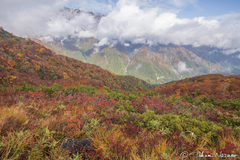
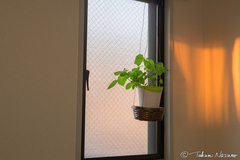
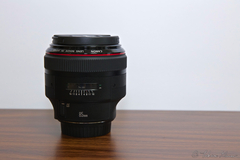
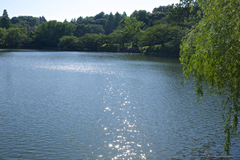
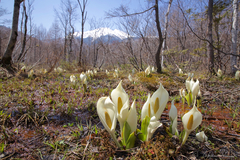
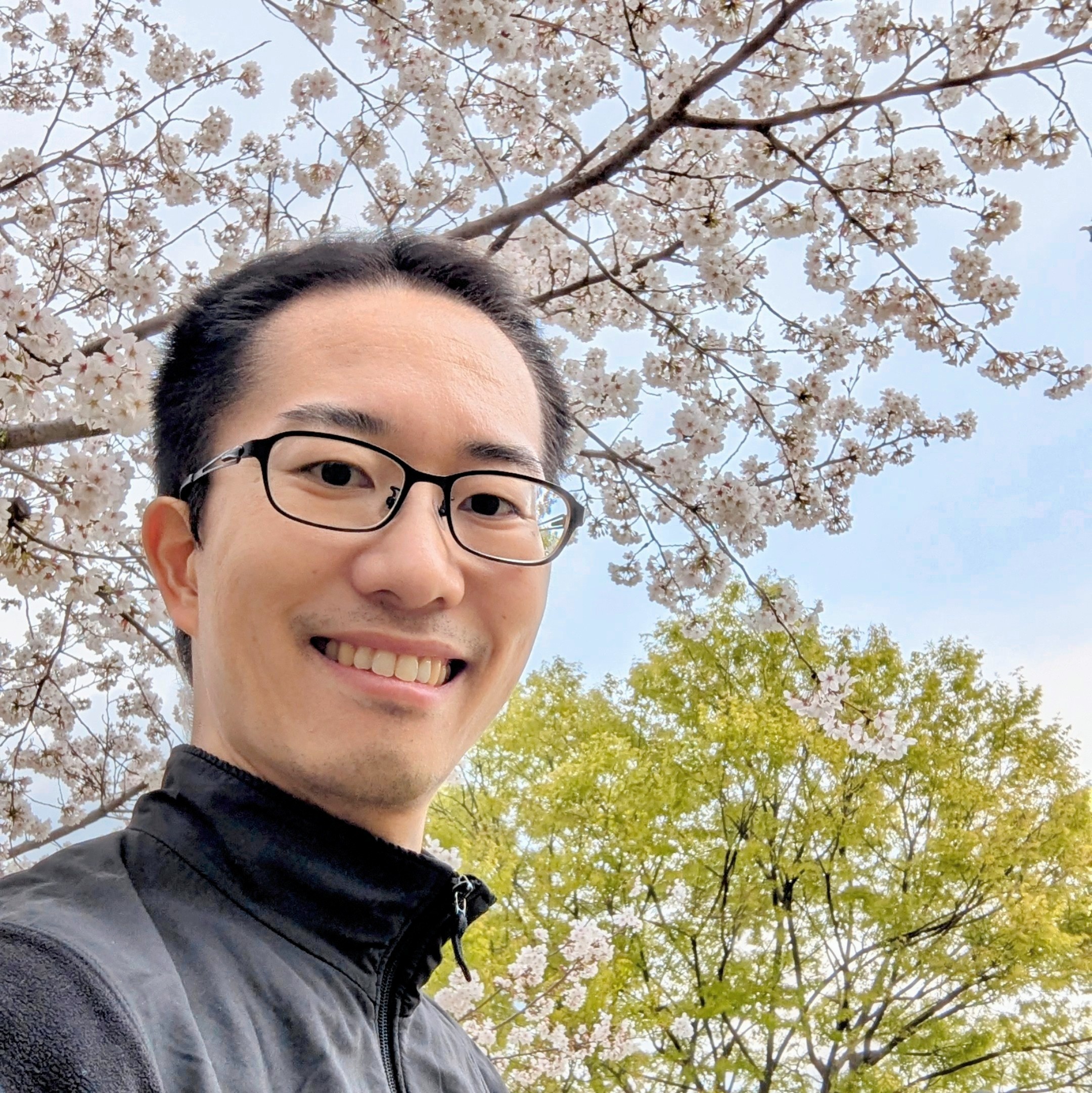
- Business (6)
- Childcare (1)
- Food (19)
- Languages (2)
- Life Hack (1)
- Local Revitalization (69)
- Photography (571)
- Web Design (11)

